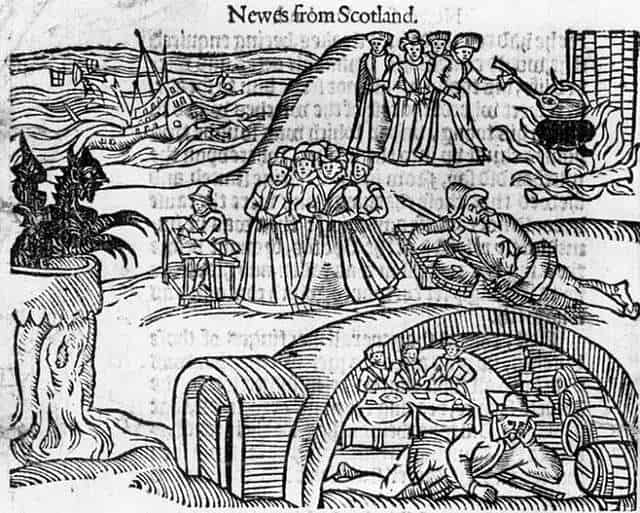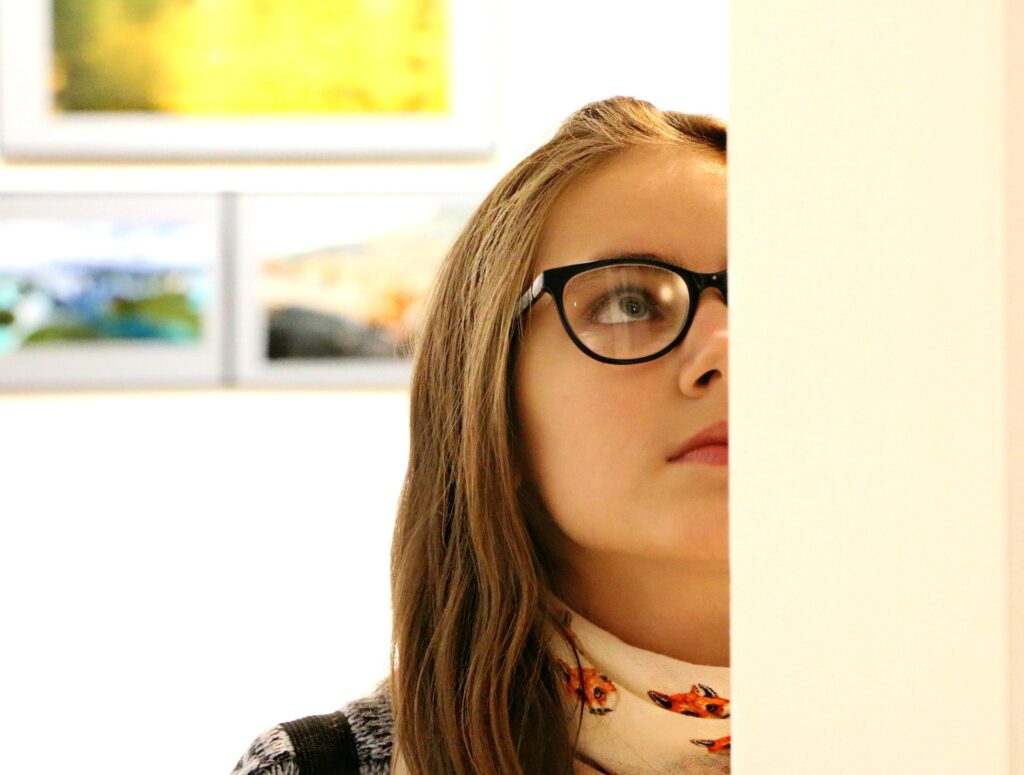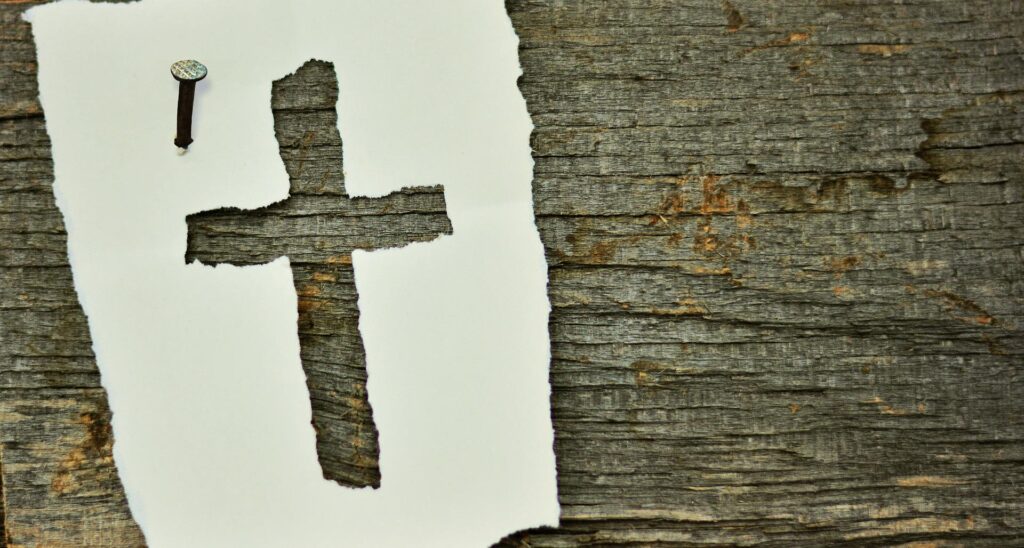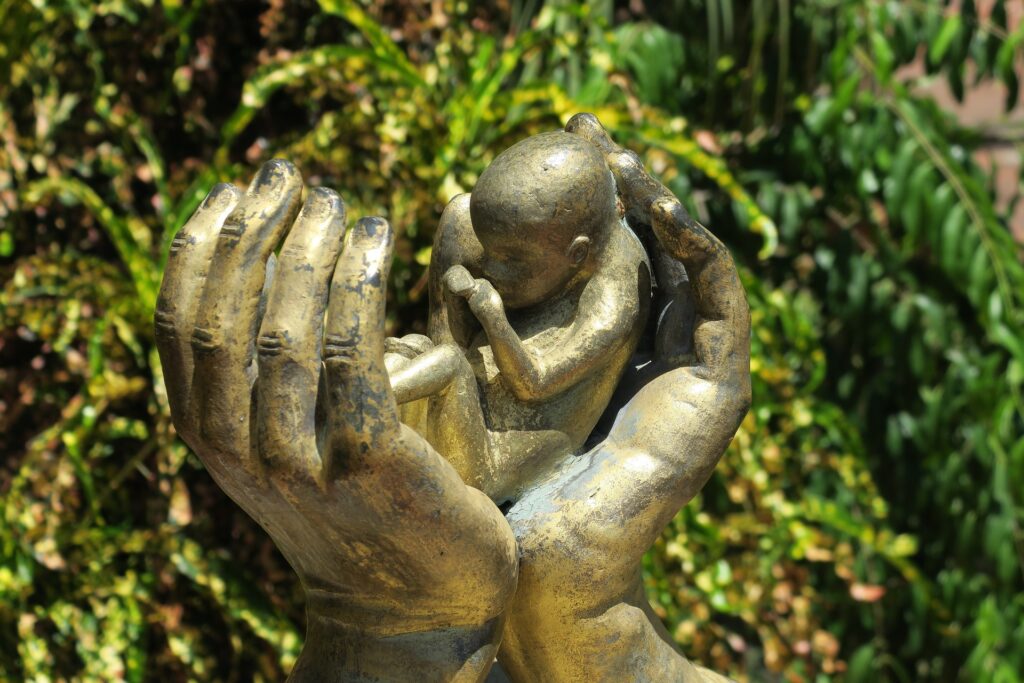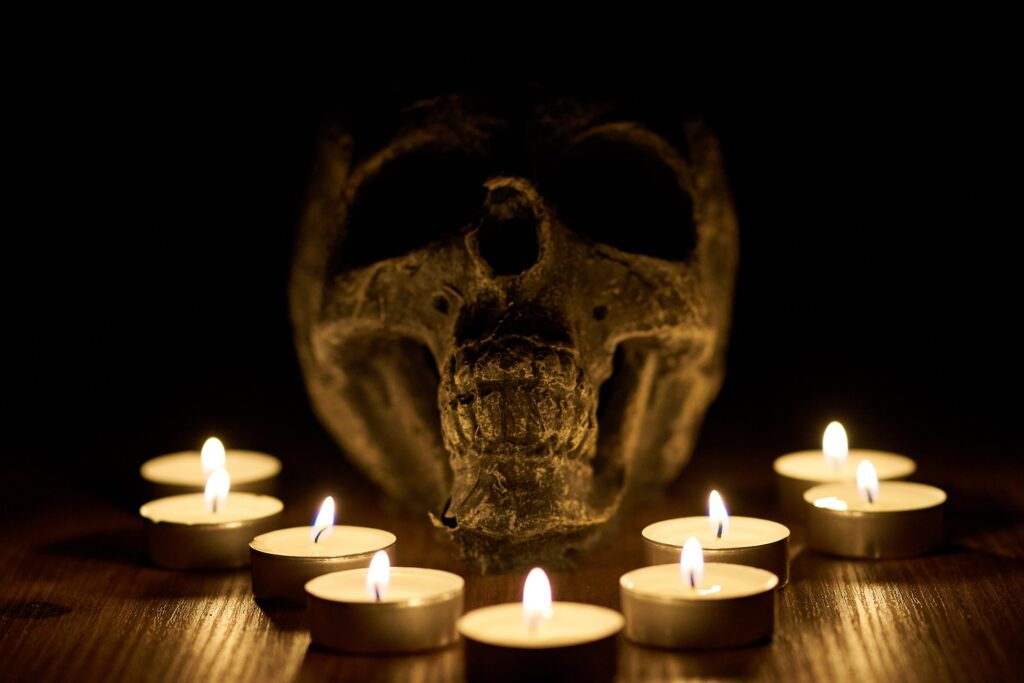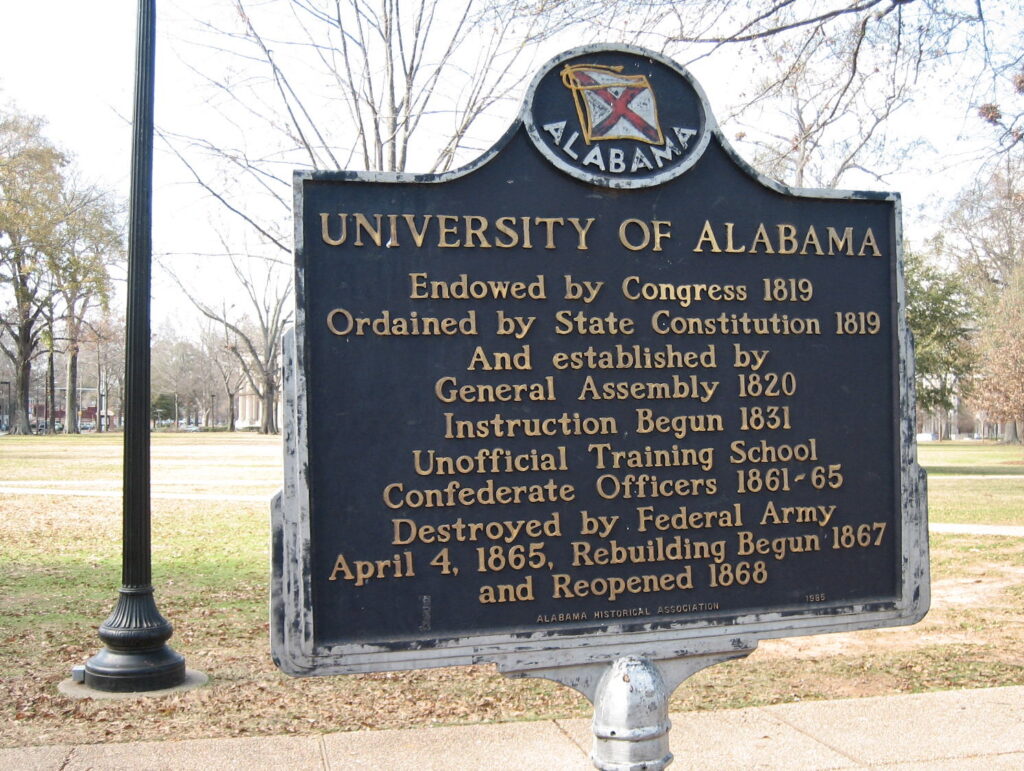Sukhada Tatke of Religion News Service writes about the opening of a new museum in the Scottish capital of Edinburgh, one that remembers a dark, often forgotten era in Scotland.
It was the era of the Witchcraft Act, where between 1563 and 1736, it was legal to torture and punish anyone accused of witchcraft. Museum founder Ash William Mills hopes to remind people of an uncomfortable time when many Protestants and Catholics persecuted anyone deemed “ungodly” across Europe. The museum serves as a reminder that faith can be used in an oppressive manner, and why history should not be forgotten.
Tatke continues:
The museum’s opening earlier this year came close on the heels of historic apologies by two major Scottish institutions. Last year, on International Women’s Day, Scotland’s then first minister, Nicola Sturgeon, acknowledged the “egregious historic injustice” by extending a “formal posthumous apology to all of those accused, convicted, vilified or executed under the Witchcraft Act of 1563.” Two months later, the Church of Scotland followed suit.
he first major panic, in 1590, began shortly after King James VI of Scotland had sailed home from Copenhagen with his new bride, Anne of Denmark, through a fierce storm. The violent waves almost killed James and the queen.
Convinced this had been the work of witches intent on his ruin, he embarked on a witch hunt in North Berwick, close to Edinburgh. Nearly 70 innocent people were tried and tortured, some burnt at the stake. A pamphlet that hangs on the wall of the new museum, “Newes from Scotland” detailed the entire trial.
Also on display is “Daemonologie,” the book James published in 1597, a kind of manual on how to spot and prosecute witches, accusing them of “high treason against God.” “He started off chapters with, ‘I am ordained King by God, and therefore I am speaker of God Himself,’” said Mills.
Almost 84% of those accused of witchcraft were women, many unmarried or widowed and therefore without any protection. Witch hunts were as much about scapegoating of people who were “different” as they were about condemning women. “It was a terrible miscarriage of justice, and because there has not been enough emphasis on women’s history, it is forgotten. Battles and wars fought by men got recorded but not this,” said Mitchell.

